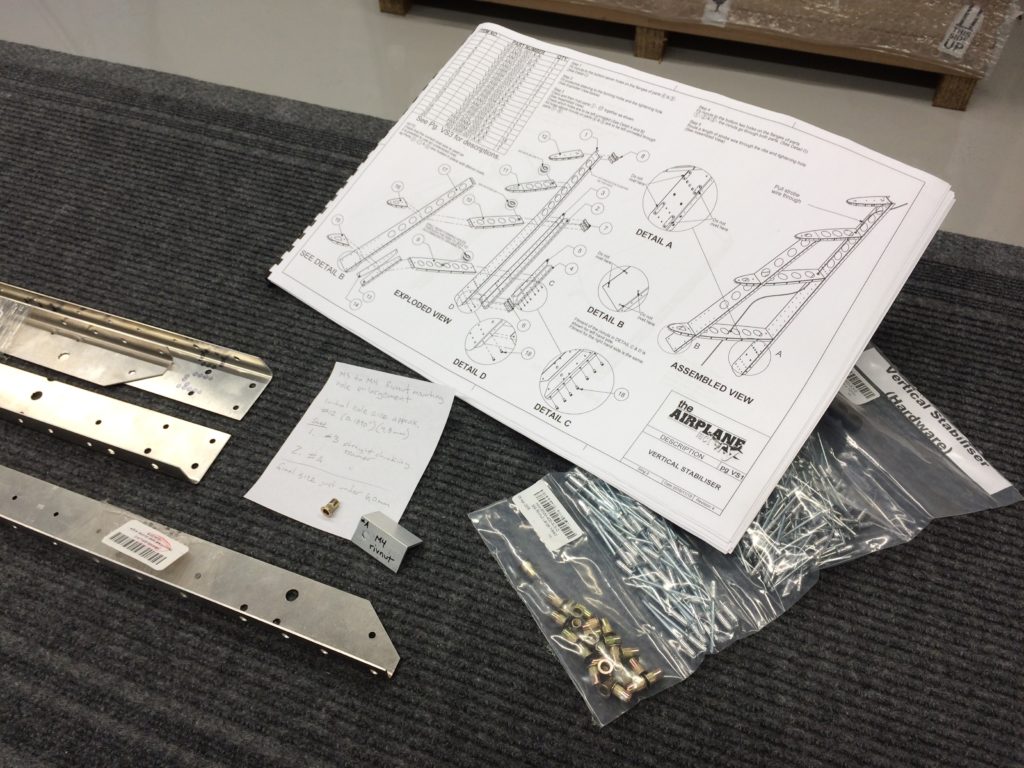Practice makes perfect they say. Well, maybe not perfect. But the going seems a little easier when you’ve been there before. So it was for mounting the second fuel tank. It actually fit slightly better than the other one. I knew what to do, and on it went without issue.
I did the same basic steps as I did for the first tank. I felt confident, and the work went quickly. I had to carefully dress a number of the overlapping holes in the tank and spar with the #20 chucking reamer in the lithium drill. I knew what to expect and there were no surprises. I also had to touch the holes in spar web to align with the outermost Z-bracket so I could get the AN3 bolts through and threaded into the anchor nuts. Once again, I used a length of cord to pull on the Z-bracket while the tank was being fitted for the final time. That worked like a charm.
There are several stainless steel rivets, top and bottom of the spar near the root. Those are treated with fuel tank sealant for corrosion protection. The rest of the rivets are aluminum multi-grip. Riveting goes pretty fast when the pieces are fitted in place.
Having both fuel tanks mounted is a big milestone and yielded a rather wonderful sense of satisfaction that was sweetened with a measure of relief. Success! Good result. Yay!
The M4 rivnuts for the inspection panels went in without a hitch. I had to enlarge the holes in the bottom wing skin to #A – the perfect size (I’ve found) to accept the rivnut prior to setting them with the drill-mounted tool I use. Screw holes in each of the cover panels had to be enlarged for close clearance of M4 stainless steel button-head hex screws.

